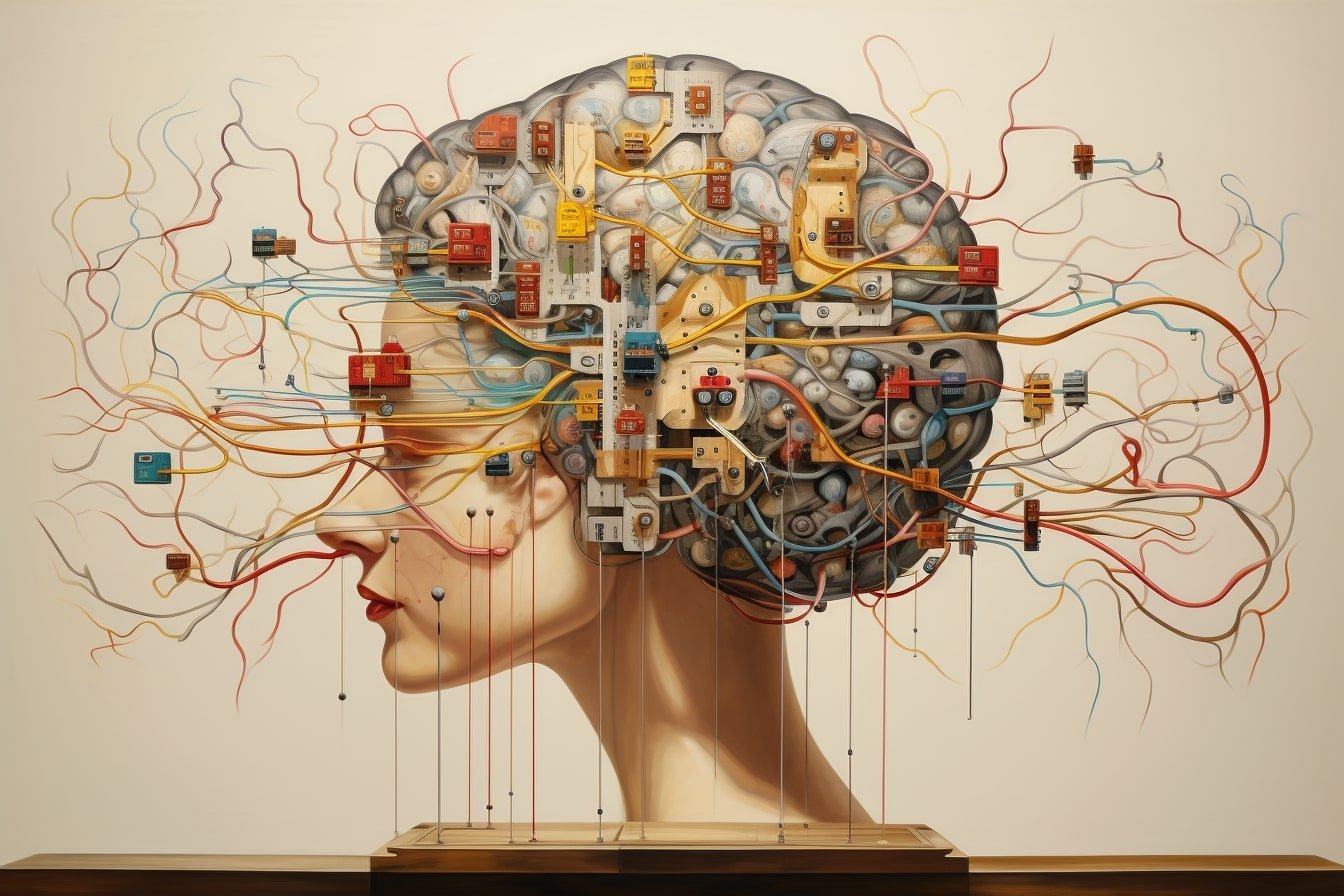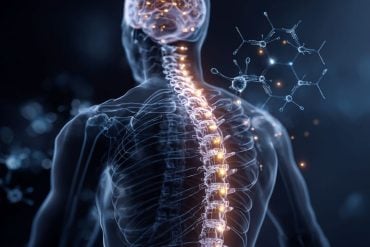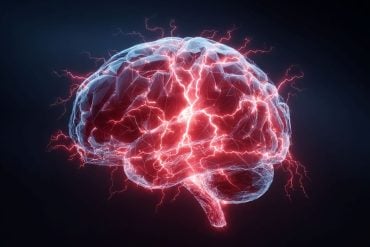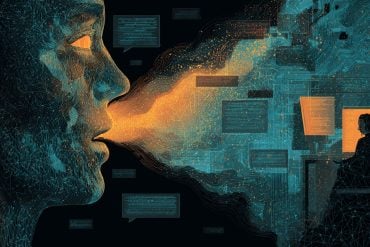Summary: This week in neuroscience showcases a range of groundbreaking discoveries—from decoding complex life oscillations to enhancing memory with visual symbols. Researchers have also completed the intricate neural mapping of the C. elegans worm, paving the way for deeper behavioral studies.
In other news, age-related hearing loss may find a foe in phytosterol supplements. Lastly, a paralyzed woman gains the power of speech through a revolutionary brain-computer interface, marking an unparalleled advancement in restoring communication for those with severe paralysis.
Source: Neuroscience News
Welcome to this week’s roundup of groundbreaking neuroscience findings that are sparking conversations in the scientific community.
1. Deciphering Life’s Rhythms: A Universal Key to Oscillations
Researchers have developed a new framework for analyzing stochastic oscillations—the varying rhythms seen in phenomena like heartbeats and firefly patterns.
This could revolutionize our understanding of how these rhythms intersect with human life.
2. Why Our Brains Prefer Symbols to Words
New insights reveal that symbols outdo words when it comes to memorability.
This finding has the potential to change the landscape of visual communication and design.
3. Mapping the Mind: Worm’s Brain Activity Fully Decoded
For the first time, scientists have mapped the neural activity of the C. elegans worm, linking it to behaviors like movement and feeding.
This comprehensive atlas opens doors to advanced neurological studies.
4. Unlocking Sound: Common Supplement Might Combat Age-Related Hearing Loss
Age-related hearing loss may soon find a solution in phytosterol supplements.
These cholesterol-like compounds have shown the potential to restore lost hearing function in experiments on mice.
5. AI Revolution: Paralyzed Woman ‘Speaks’ via Digital Avatar
In a historic first, researchers have engineered a brain-computer interface that enables a paralyzed woman to communicate via a digital avatar.
The system converts brain signals to text at nearly 80 words per minute, setting a new standard for assistive technologies.
That’s all for this week. Remember to check in with us daily for all the latest research news in neuroscience, AI, psychology, and cognitive sciences.
Have a great week, and we’ll see you here next Sunday!
About this neuroscience research news
Author: Neuroscience News Communications
Source: Neuroscience News
Contact: Neuroscience News Communications – Neuroscience News
Image: The image is credited to Neuroscience News







